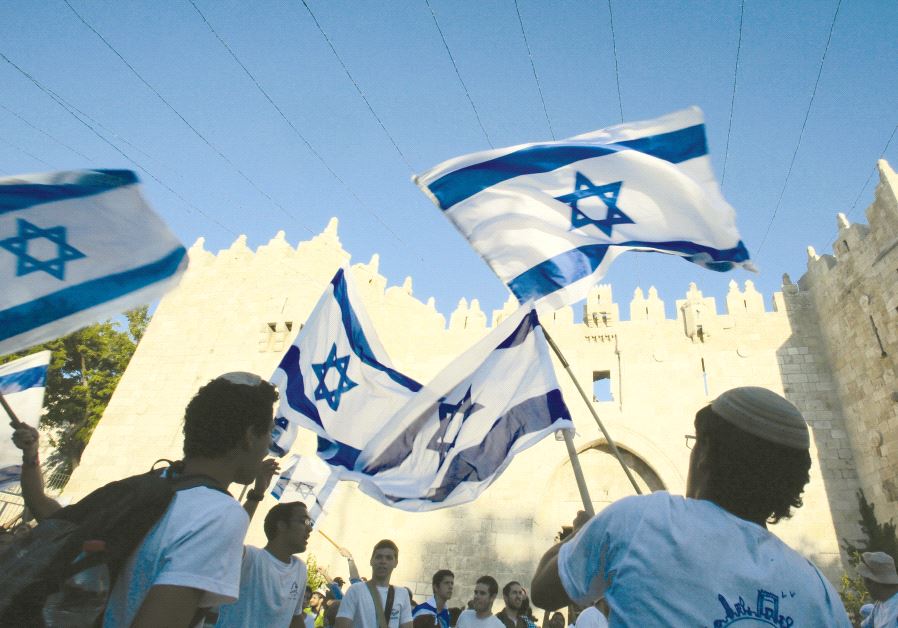Is the road still open for Israeli-Palestinian peace?
Marking the 50th anniversary of the Six Day War and its ramifications on the Israeli-Arab conflict, the 'Post' talks to activists.
 Right-wing demonstration in Jerusalem(photo credit: MARC ISRAEL SELLEM)
Right-wing demonstration in Jerusalem(photo credit: MARC ISRAEL SELLEM)